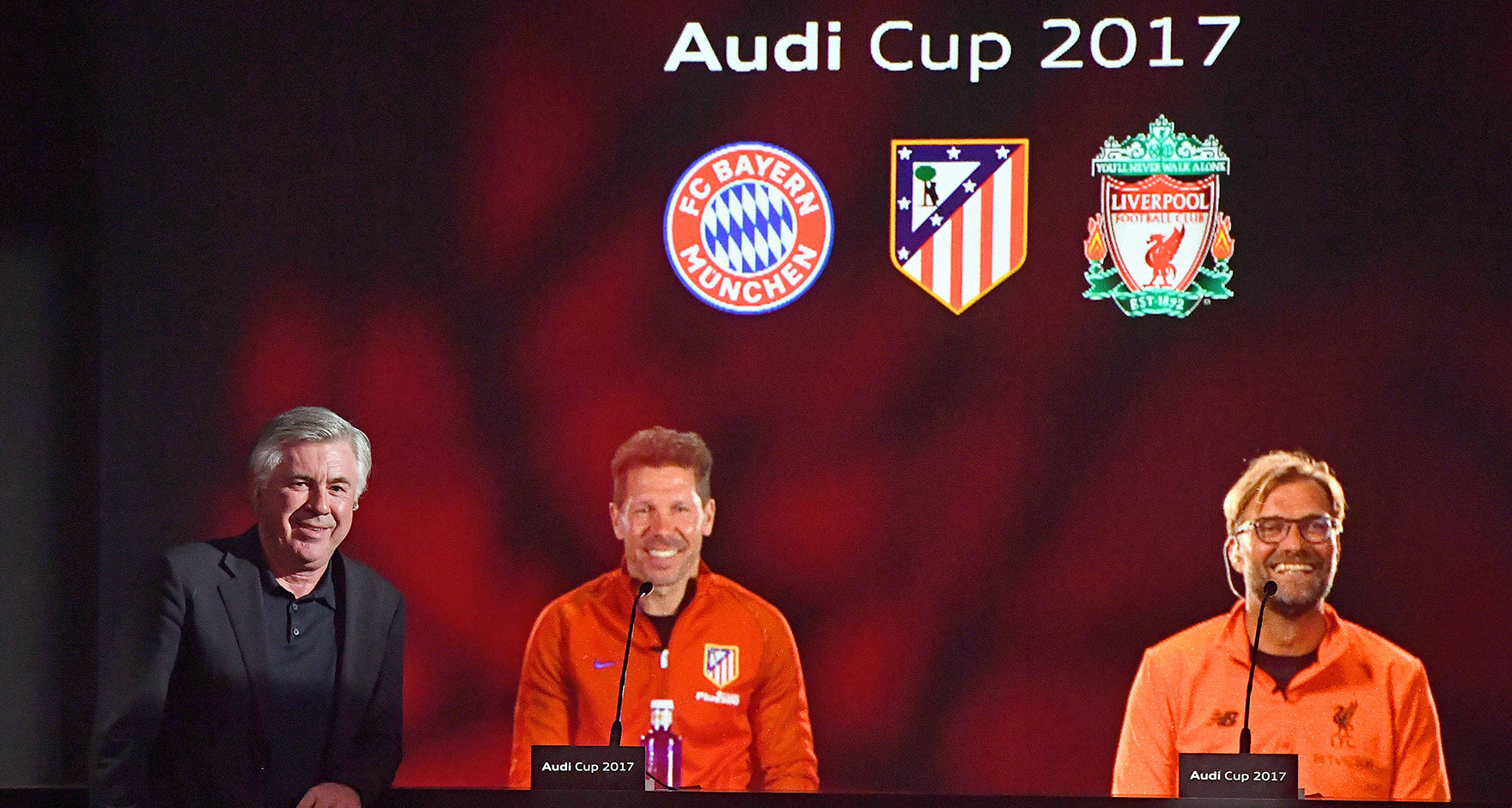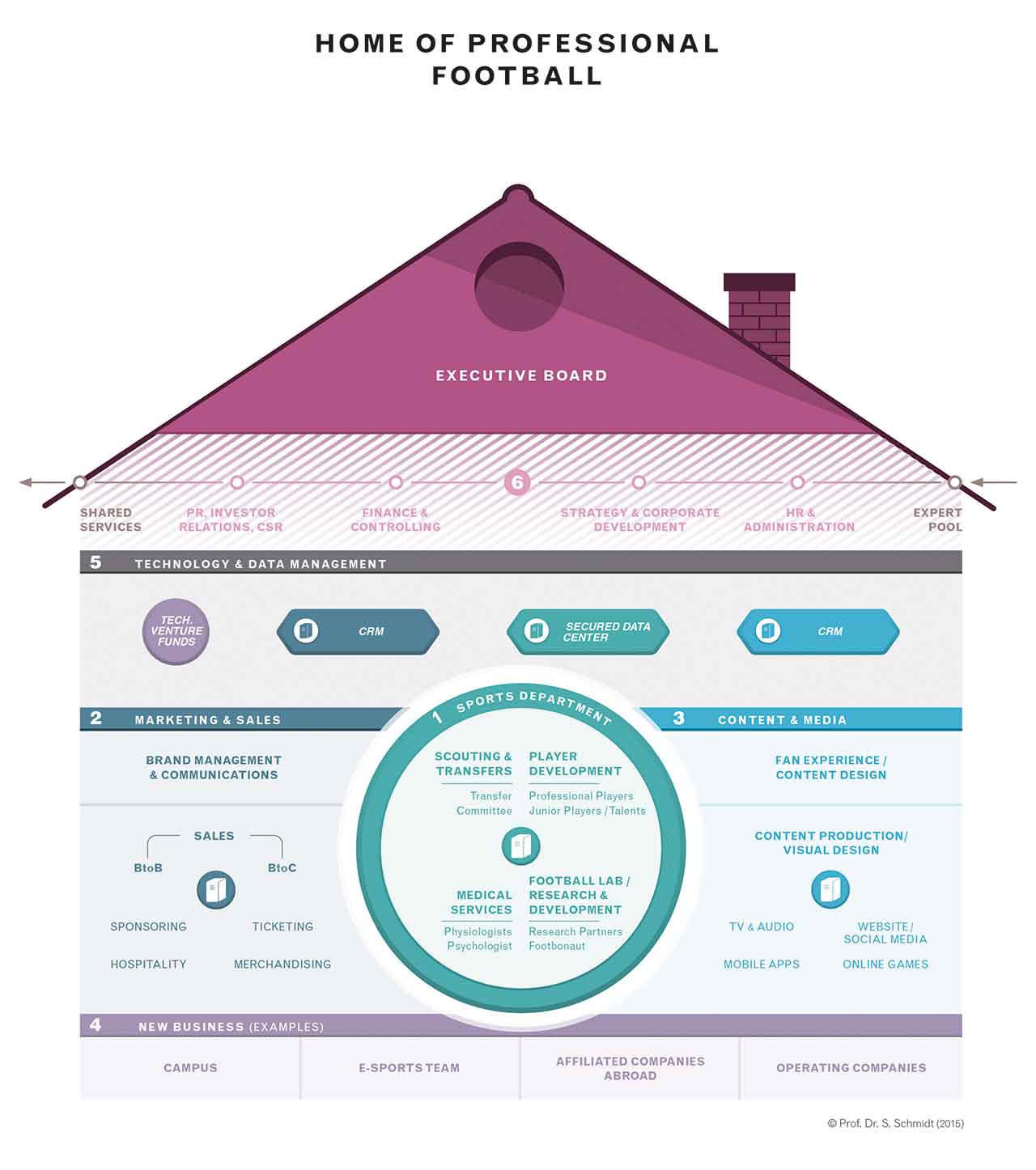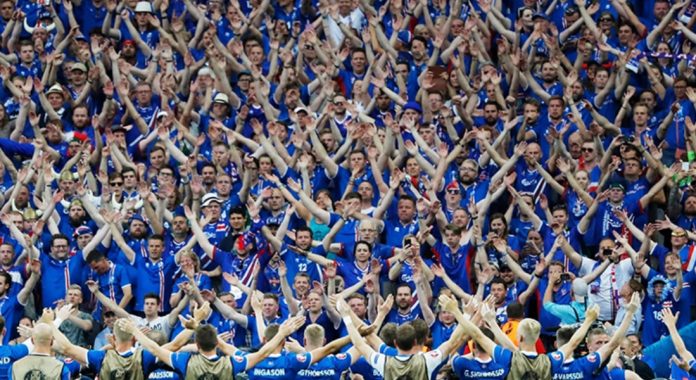Nothing can stop the digital transformation, not even professional soccer. Even if you think that the game of soccer will stand as the last bastion against the storms of the digital transformation, the typical professional club, as the germination cell of professional soccer, will be exposed to a diverse range of changes in the near future. When that time comes, the world of the professional clubs will have little in common with the way it looks today. That reality will be characterized by a transformation of fan and consumer needs arising from new technological possibilities.
Even assuming that soccer fans will want to experience soccer games in the future in stadiums or live at home, and not time-delayed, the game experience for the fan will be fundamentally different. In addition to the game that unfolds on the soccer field, a virtual reality will permeate the fan’s experience of the game. Most stadium guests will be able to access real-time statistics, highlight videos, super slow motion, 360° replays and interactive content, such as surveys, via wireless technologies (e.g. smart watches, smartphones or tablets) during gameplay. They will be able to select the camera on the jersey of their favorite player via smart glasses or contact lenses using eye movements or other gestures, and then check a player’s individual fitness and performance stats.

Although only a limited number of fans will be able to experience the live game in the newest high-tech stadiums, key international matches can be projected to soccer stadiums in global metropolitan centers using cutting-edge hologram transmission techniques. The fans in the stadium will then be able to see their foreign stars on the soccer field as if they stood before them in the flesh. What seems like Captain Future at first glance is really not so far-fetched. After all, the technology for soccer 3.0 already exists. Prior to this years Audi Cup, the press conference featured holograms of Jürgen Klopp and Diego Simeone (see picture). At the Billboard Music Awards in 2014, the late Michael Jackson danced as a hologram on stage. It was haunting. Bring on Helmut Rahn! Holographic projections still require an enormously complicated technical effort and a price tag to match. But in ten years, transmission speeds and computing power could well be to a point that holograms could be produced at a reasonable cost in stadiums.
In contrast, 360-degree cameras and 3D audio systems make it possible to project the stadium experience into the living room. Furthermore, virtual reality goggles enable a fan to see the 360-degree perspective of a player or a referee from the comfort of the sofa. Using stadium-at-home-technology fans can follow the live game from the best seats without having to stand in line at the hotdog stand during halftime and with the freedom to grab a cold one from the refrigerator without missing a single minute of the game. At the same time there will be an lively running commentary of gameplay, as well as pre-game and postgame discussions on social media, crowdsourcing platforms, in chat rooms and forums. It will also be possible to follow “virtual Bundesliga” games on separate screens with clubs whose colors are represented in the other reality by professional e-athletes.
Whether in the stadium or at home, what future live game experiences have in common is that fans leave digital footprints in all their activities making them “transparent” consumers. On the other hand, the use of their digital data lets the clubs create individualized, custom-tailored content to hold the attention of their fans and compete with other leisure and entertainment options.
Big Data has of course not only created new opportunities and dimensions for marketing beyond the playing field, but has also revolutionized soccer on the field itself. In just ten minutes, with three balls, ten soccer players can generate more than seven million data points. The interpretation and use of these datasets is too big and complex to analyze with classical methods of data processing. So-called data scientists, however, have contributed to the fusion of IT and marketing and can convert play and players’ data sets into actionable information for the events unfolding on the field using high speed processing and analysis. This has made professional players into “transparent” athletes whose performance data under competitive, training and laboratory conditions is collected and constantly evaluated for sport-related, medical and sales purposes.
“What is important is off the field” – How competition will shift from the turf to the carpet

Over the next ten years, leading professional soccer clubs will manage to decouple their earnings from their sporting success. In the future they will have opened up new fields of business enabling a broader distribution of business risk. In this respect, professional clubs are on the verge of reinventing themselves and taking on the structure of corporate groups that operate in a diverse range of businesses as illustrated in “The professional club of the future” (see figure).
While in the field of sport, teams are responsible for scouting, transfers, player development, medical care and the soccer laboratory, those responsible for marketing & sales ensure consistent branding and active sales in the core business (ticketing, merchandising, sponsorship, hospitality/catering). The field of content and media is occupied by specialists from the world of data such as data scientists, data entertainers and visual designers and is concerned with the design of the personalized virtual fan experience across all digital and audio-visual media channels and applications. The new business area combines all of the activities of the subsidiaries and operating companies both domestically and abroad such as an academy for initial training and continuing education maintained jointly with partners, or international satellite offices, flagship stores and fan shops.
To ensure the competitiveness of the technical infrastructure and the latest standard of data services in all of these business areas, it will be necessary to establish an independent department for technology & data management at professional clubs. In the new department, all available playersʼ, marketing, gaming and user data, as well as image and video files will be collected and analyzed across all platforms. Big Data specialists and client relationship managers can then develop new approaches to target groups for marketing & sales, personalize digital content, and tailor it to highly specific customer needs. Specialists for technology & data management provide the required IT infrastructure and maintain the club’s own technology venture fund for the club to acquire stakes in promising technology start-ups and to ensure access to young talent in the tech sector.
Central competence teams within the club will offer project-based expert know-how in the areas of finance & controlling, legal & compliance, strategy & corporate development, human resources & administration, PR, investor relations & corporate social responsibility (CSR). Efficient settlement support will be provided by shares services. Independent experts will be available from a qualified expert pool on a project basis.
In the future expert knowledge will be a key factor in the competition between professional clubs. Thus, the competition for the best talent will shift to areas away from the field. Transfer fees will be commonplace not only for players and trainers but to acquire particularly sought-after specialists, such as data scientists, data designers, data entertainers or video, performance and recruiting analysts. In these circumstances, it is not out of the question that companies outside the industry, such as software houses, investment banks, and strategy consultants will become competitors to the professional clubs.
(THIS ARTICLE WAS ORIGINALLY PUBLISHED ON LINKEDIN AND HAS BEEN REPUBLISHED HERE WITH THE AUTHOR’S PERMISSION)




